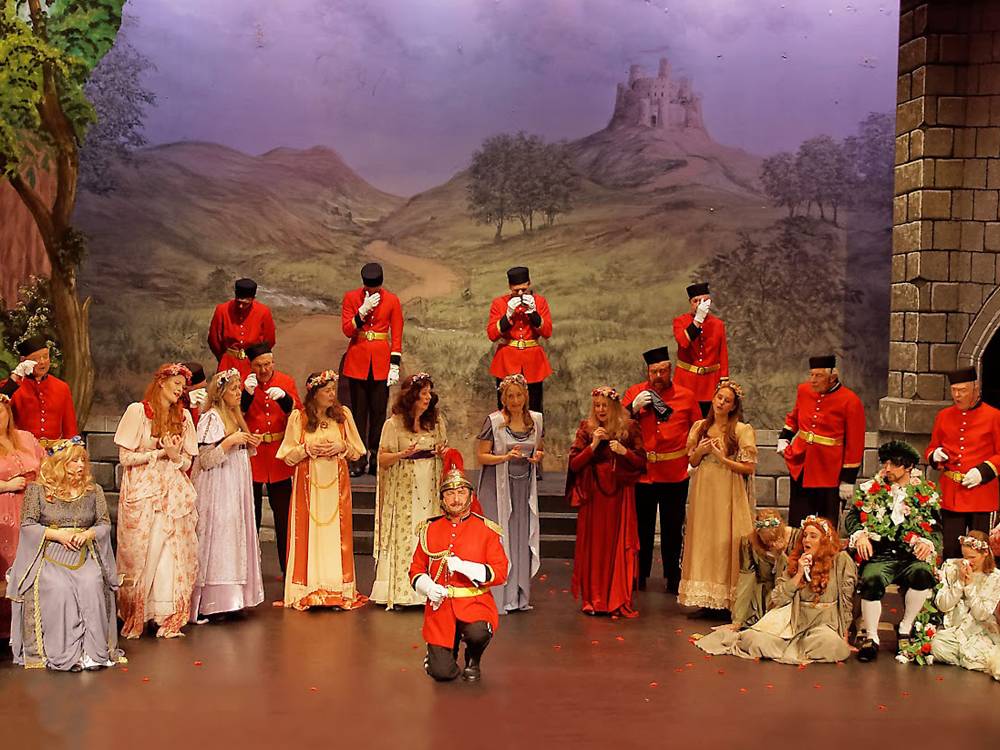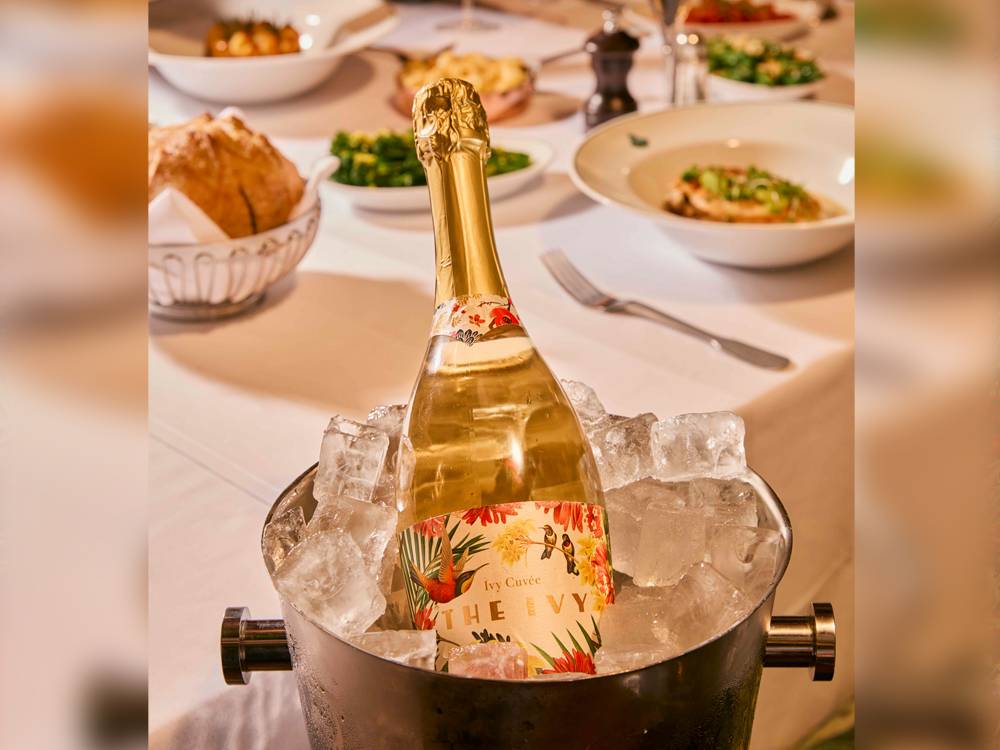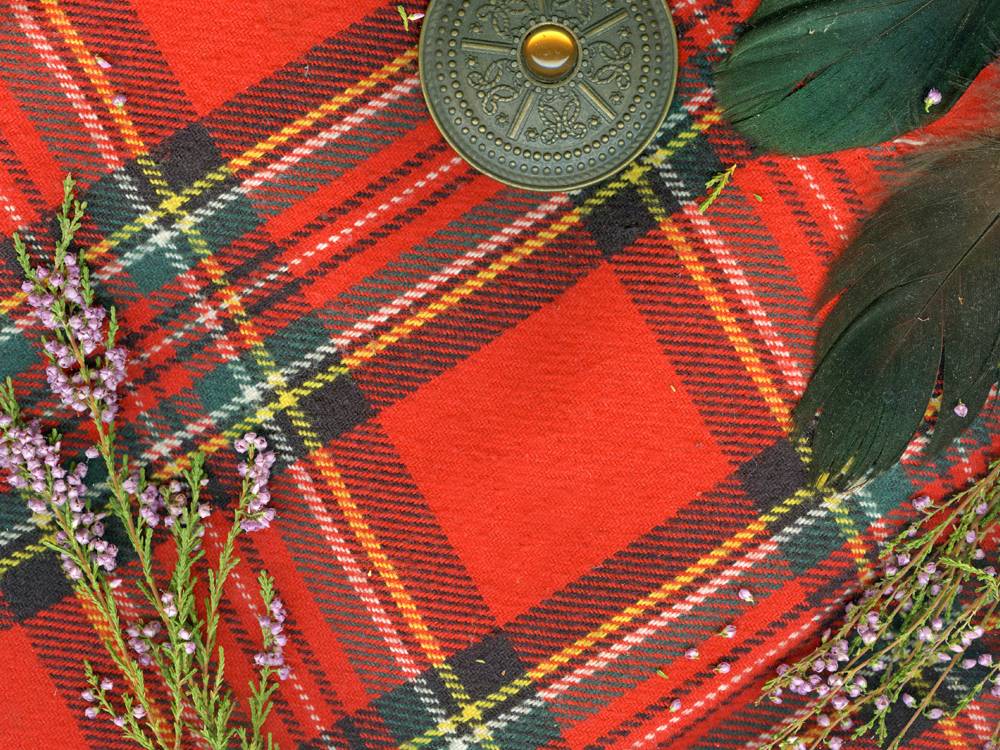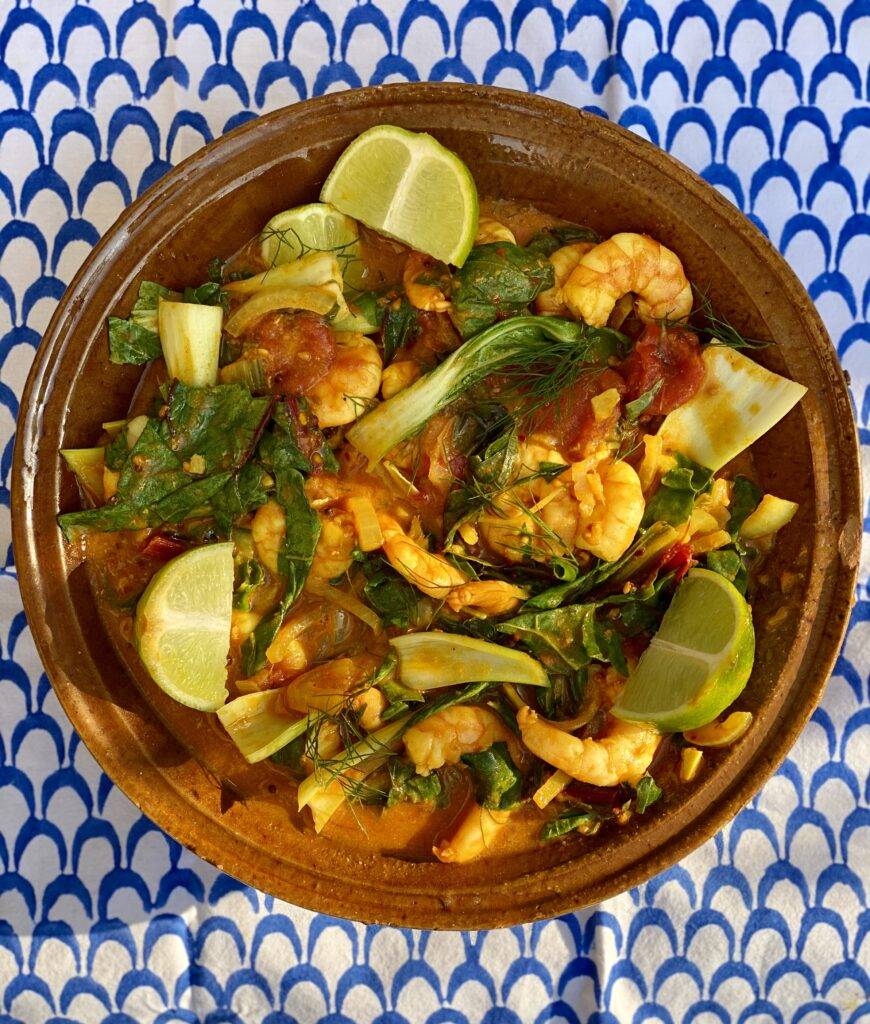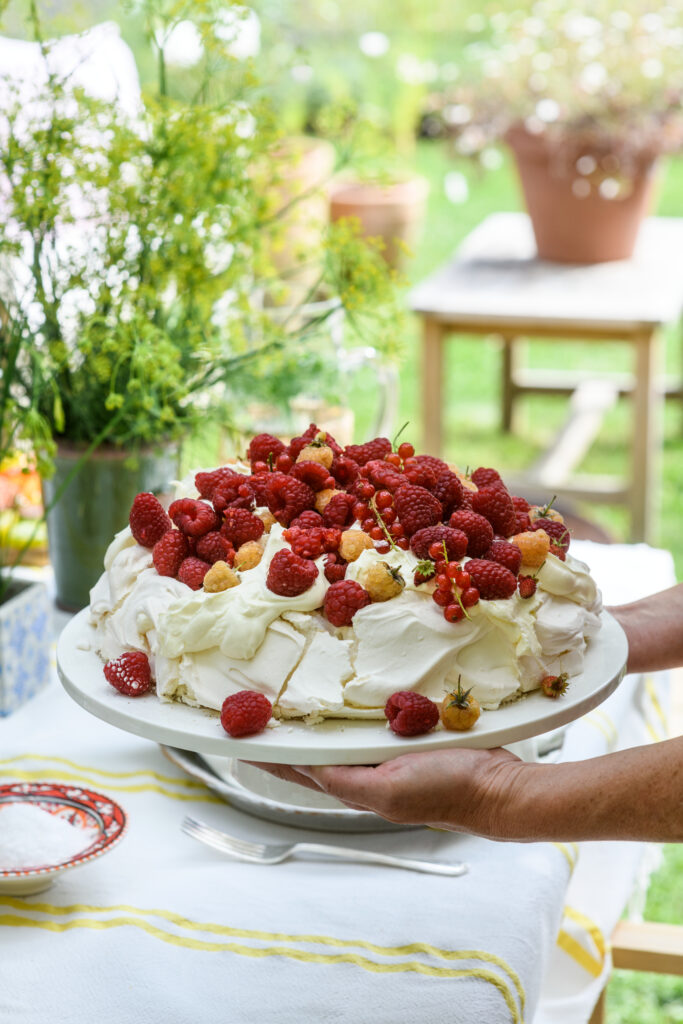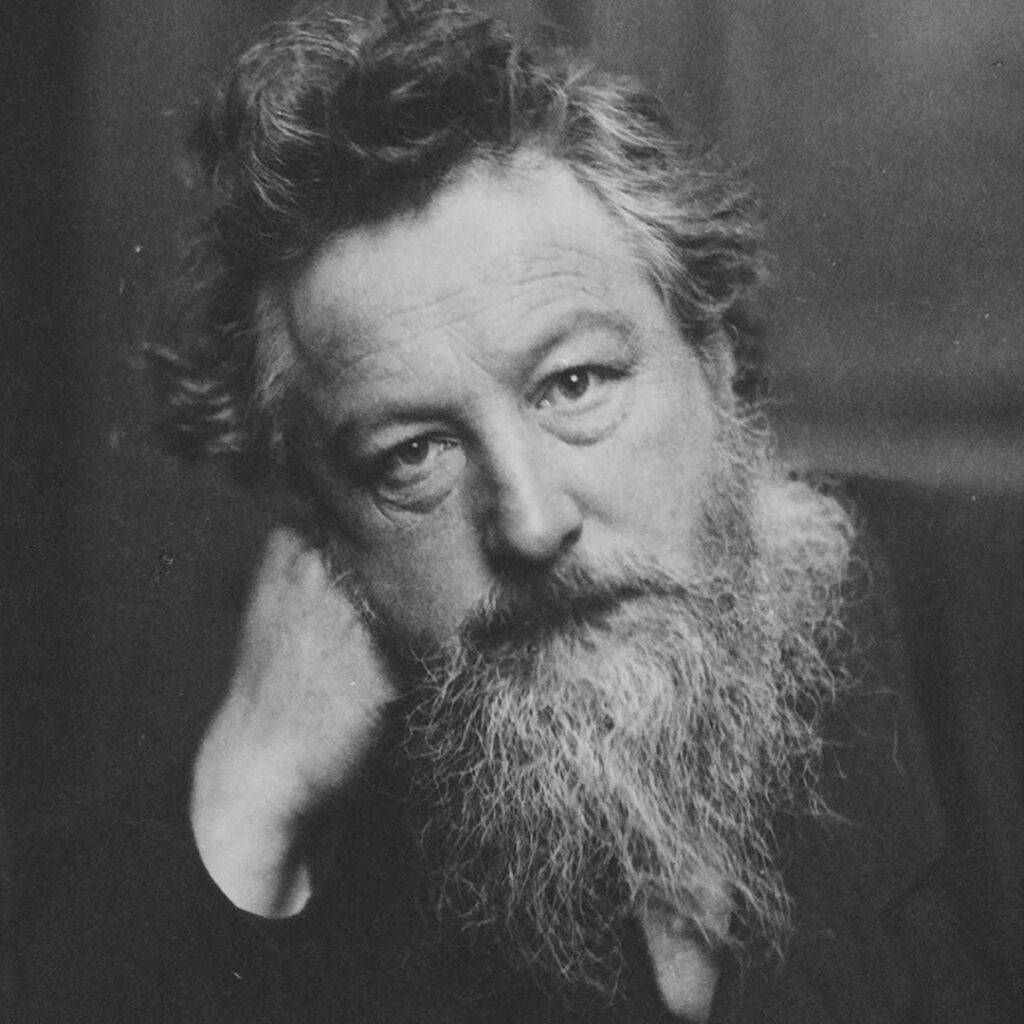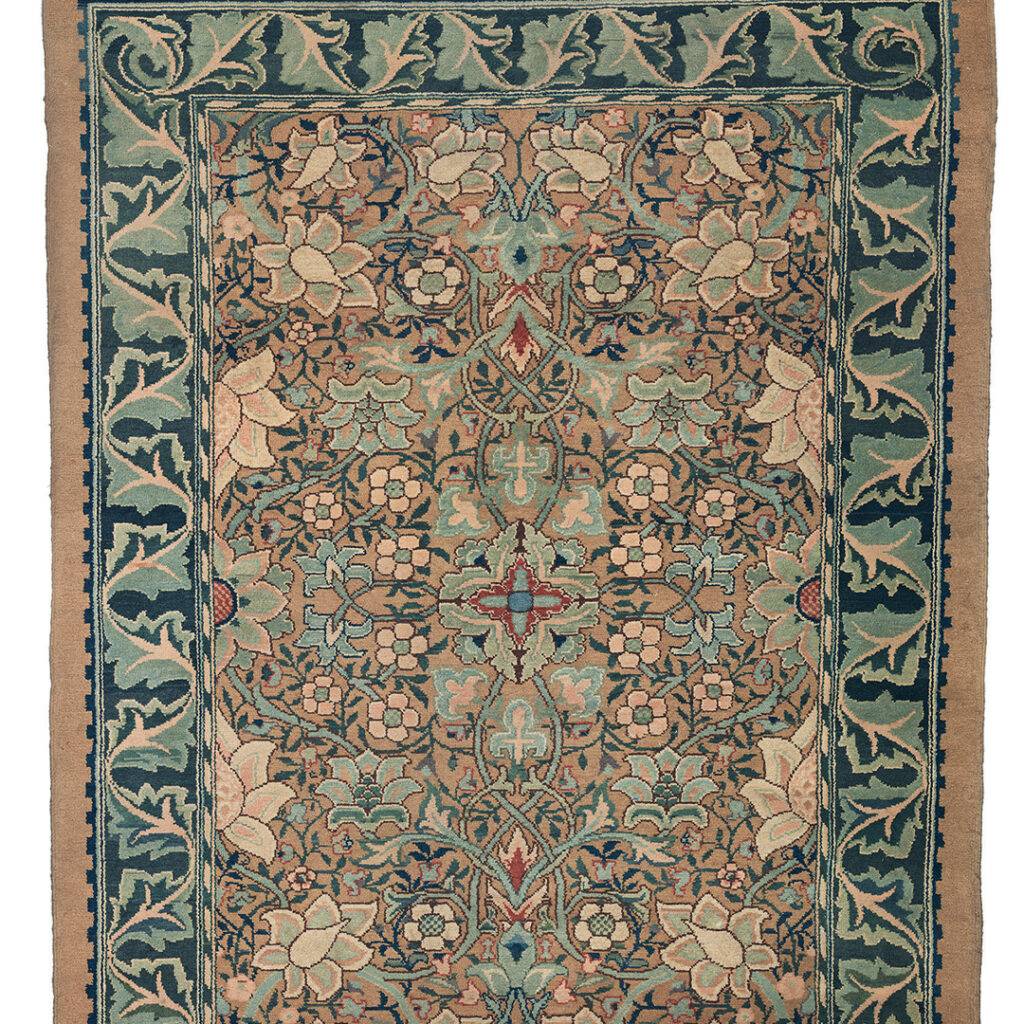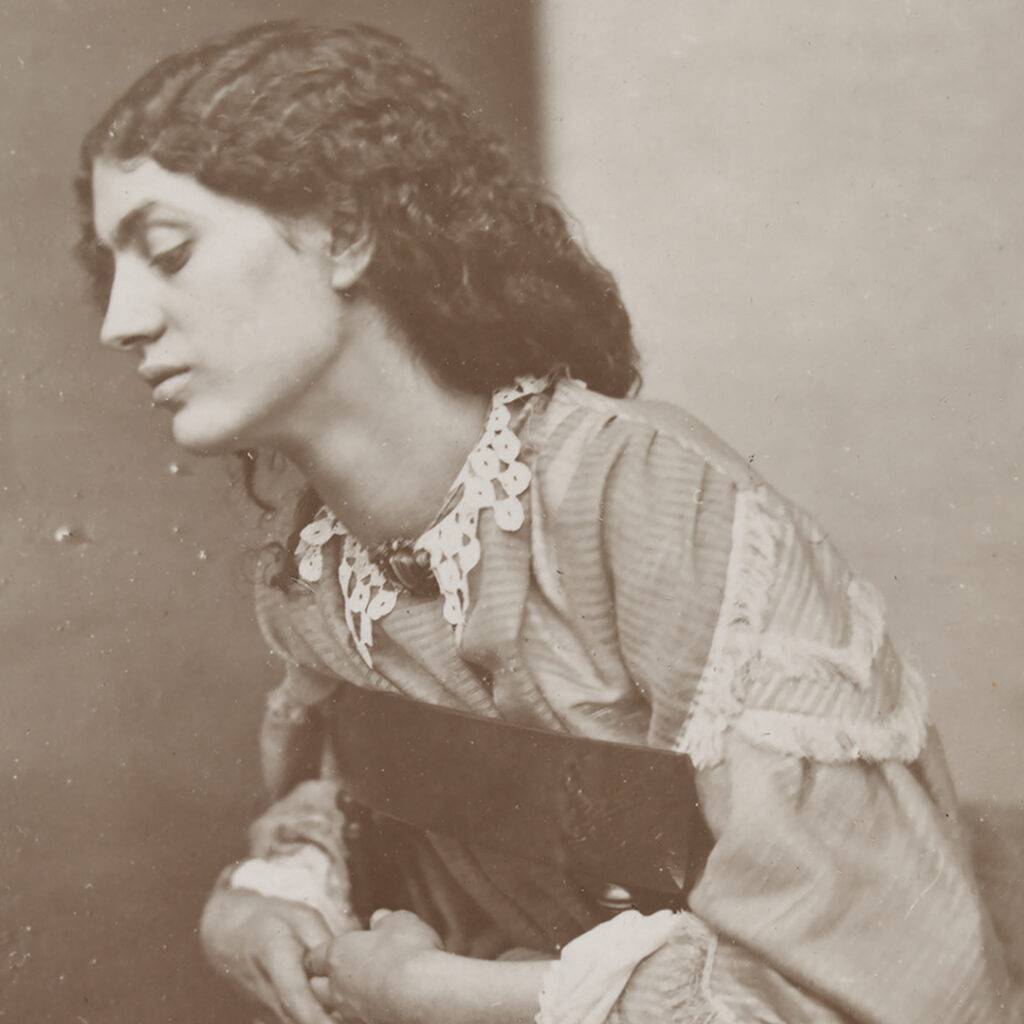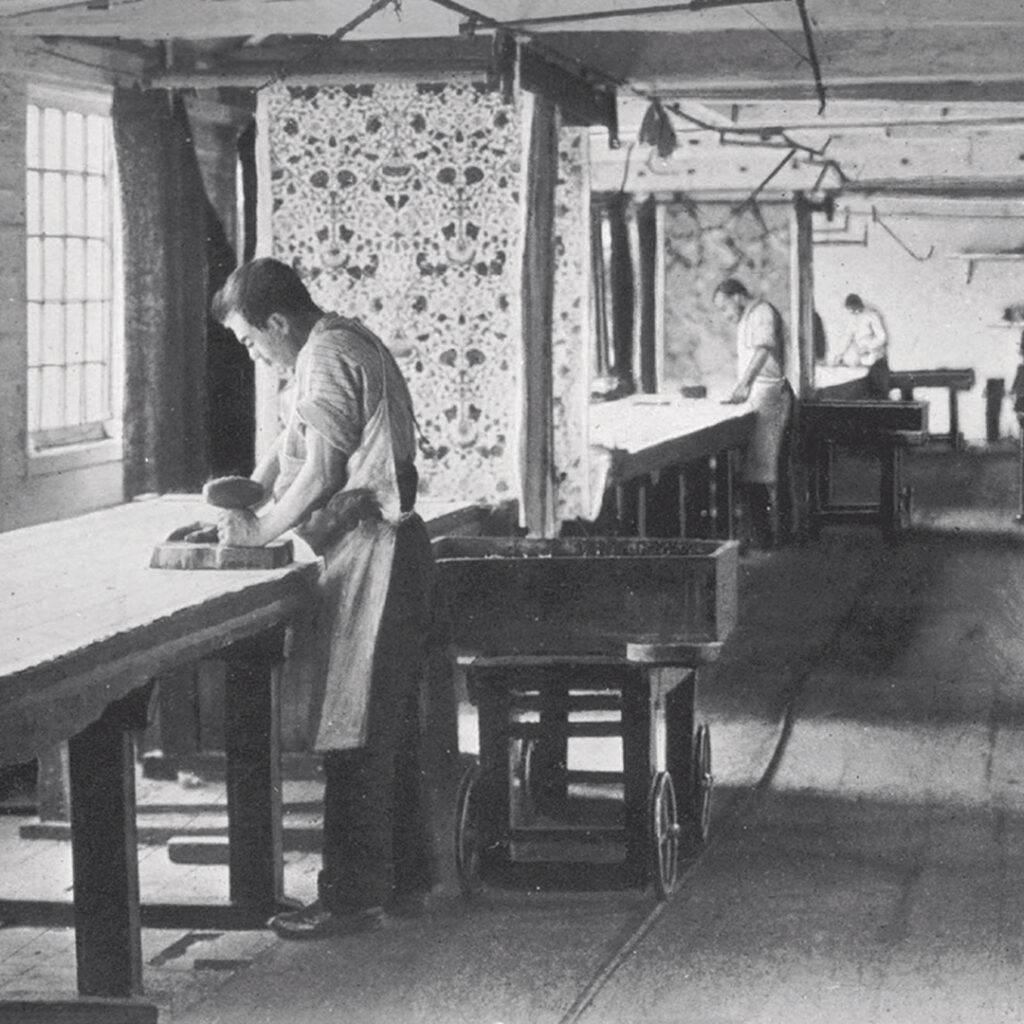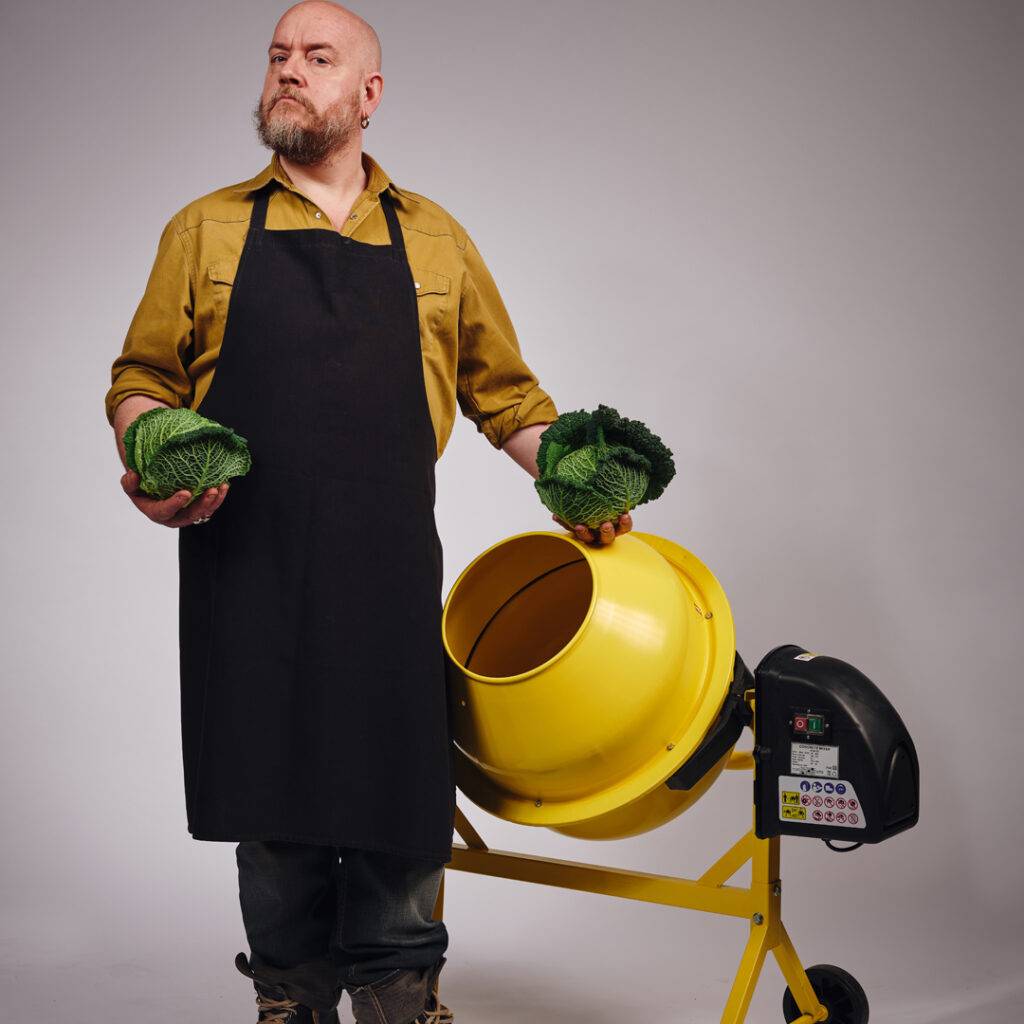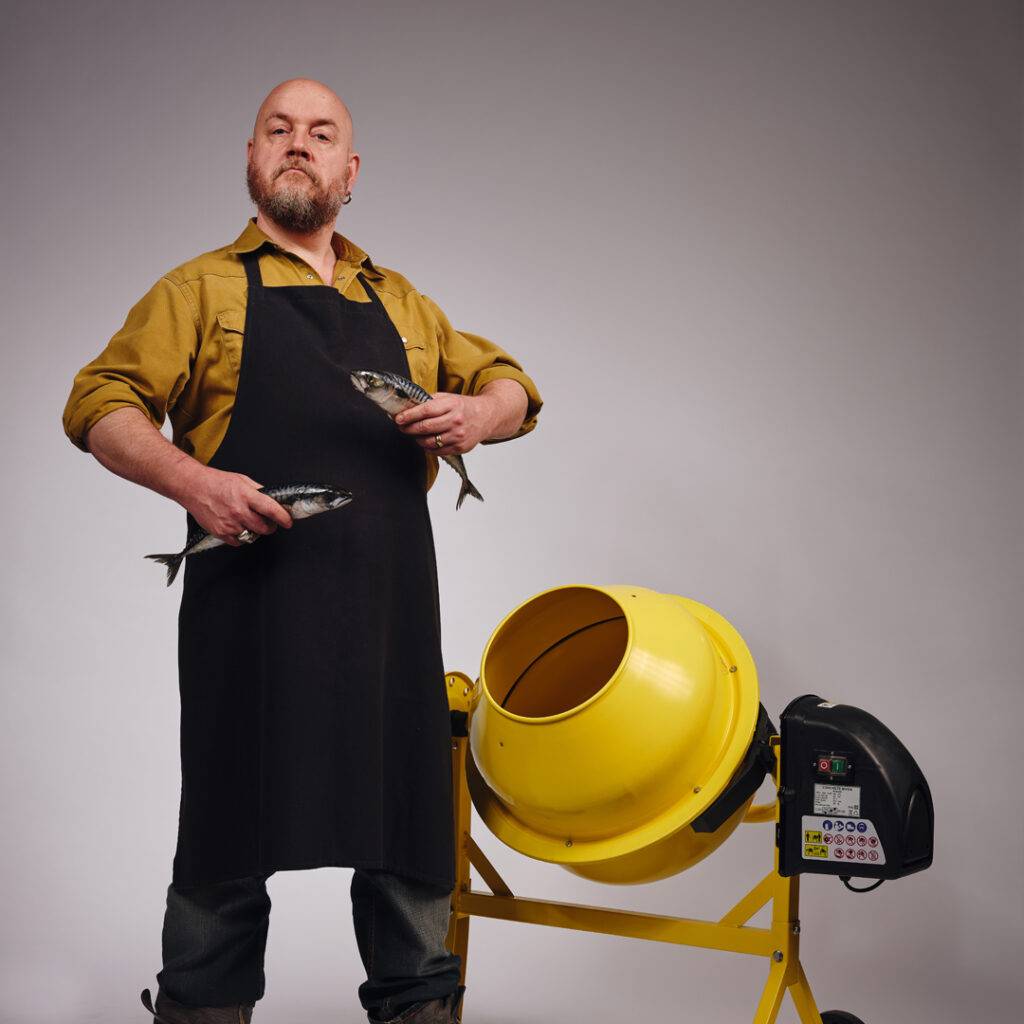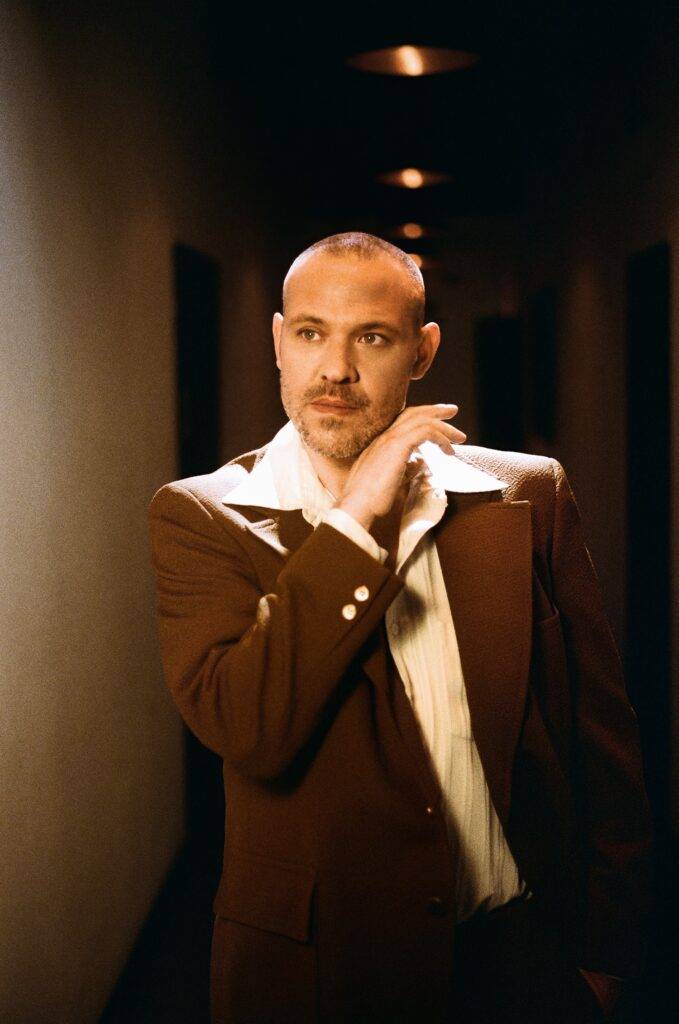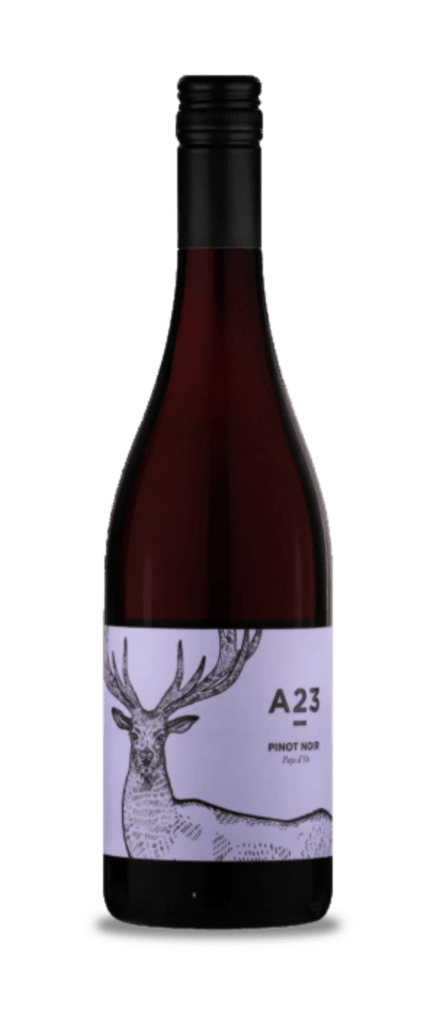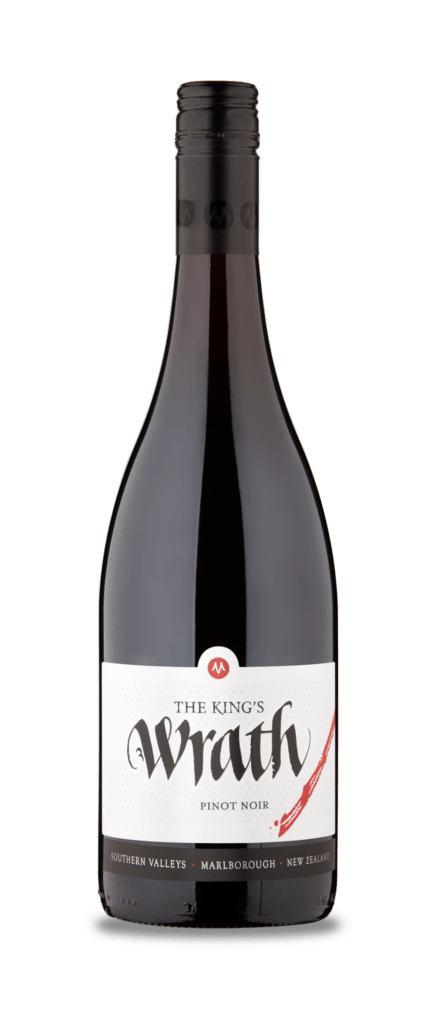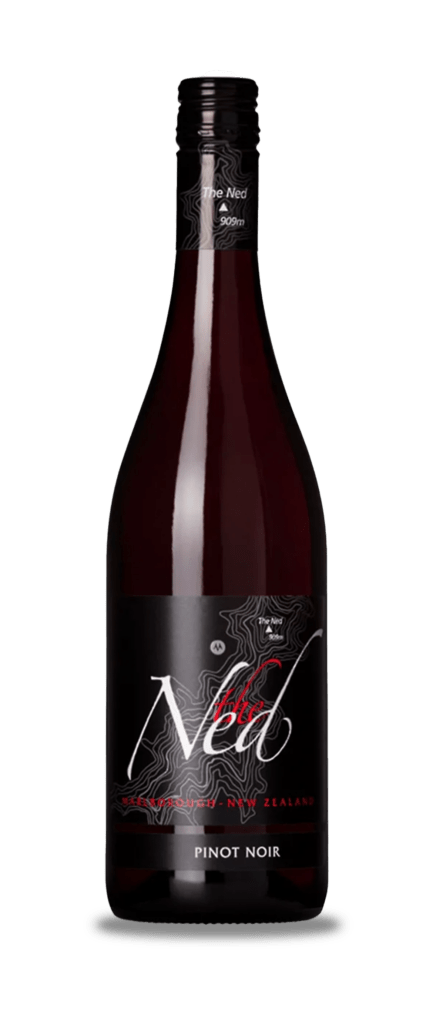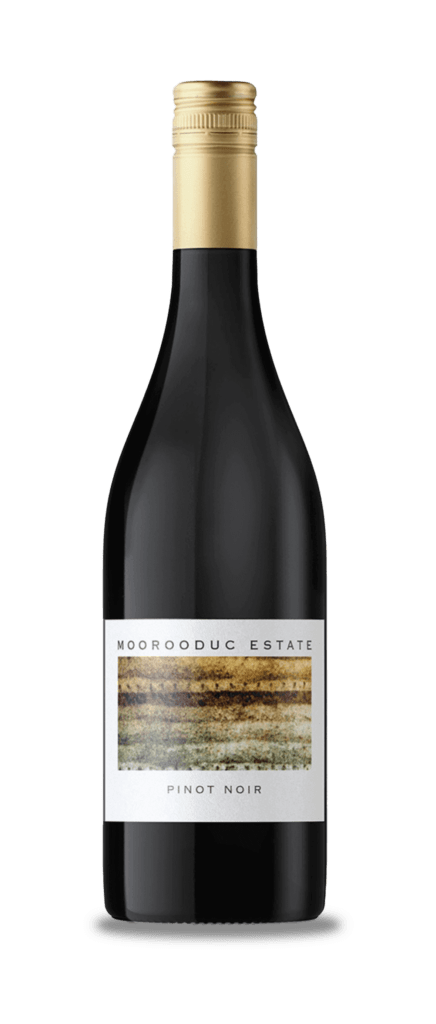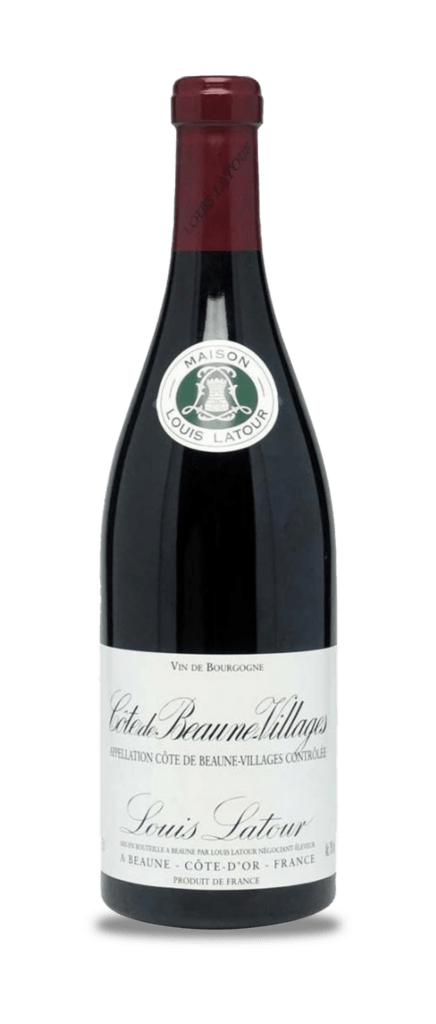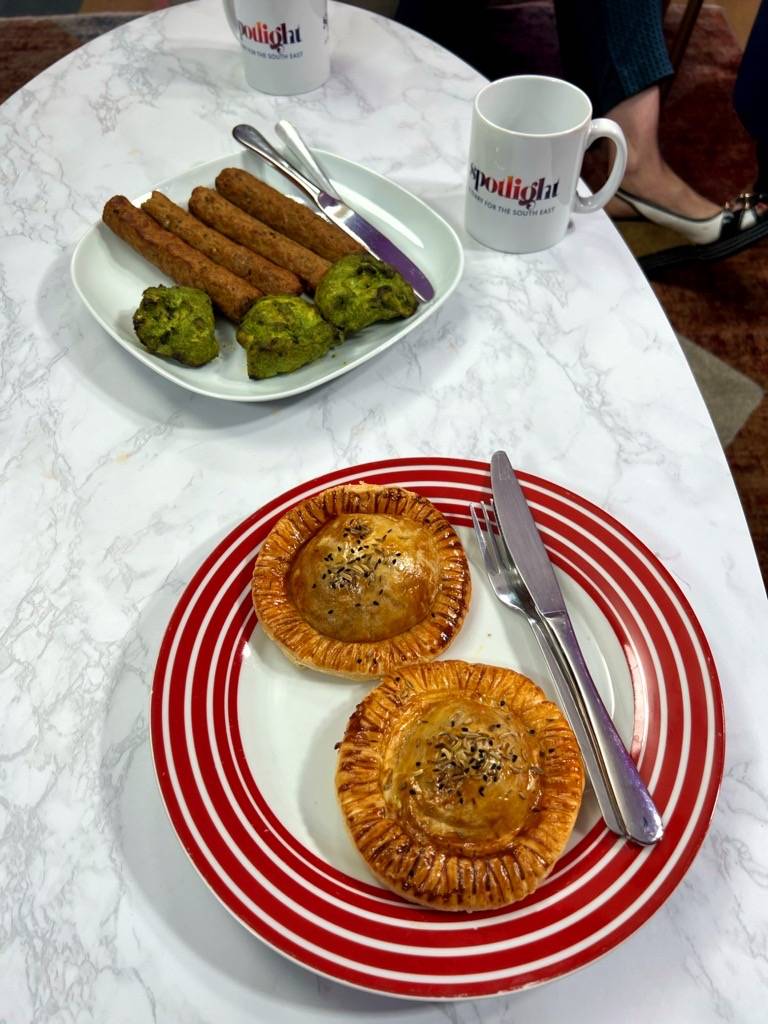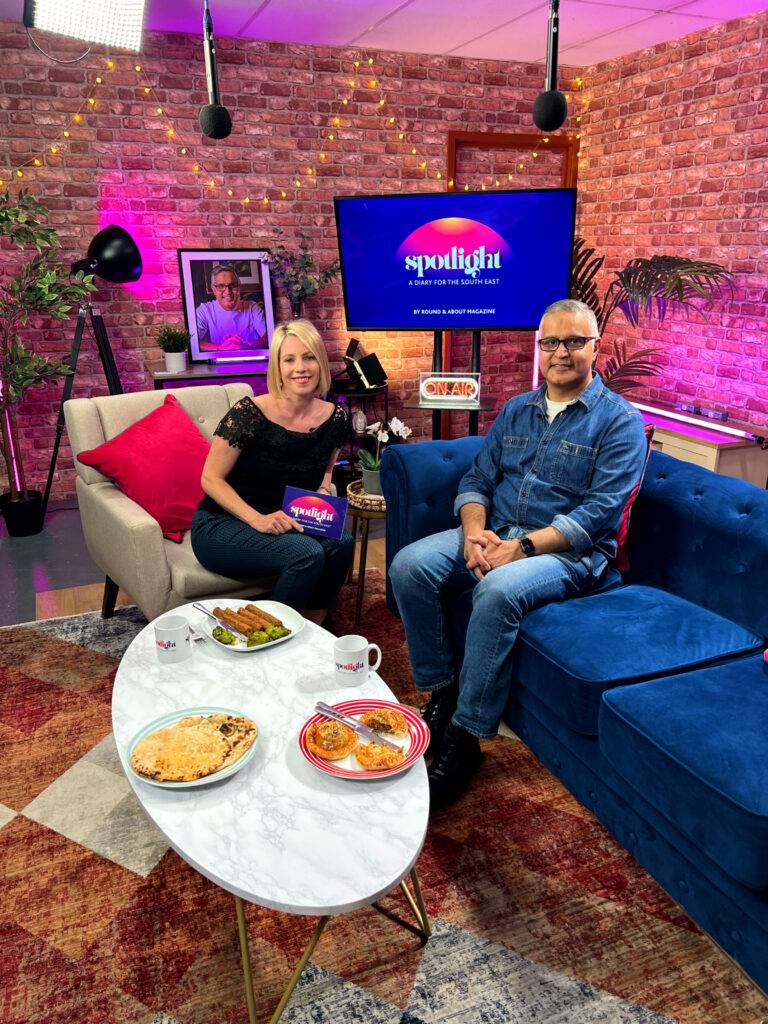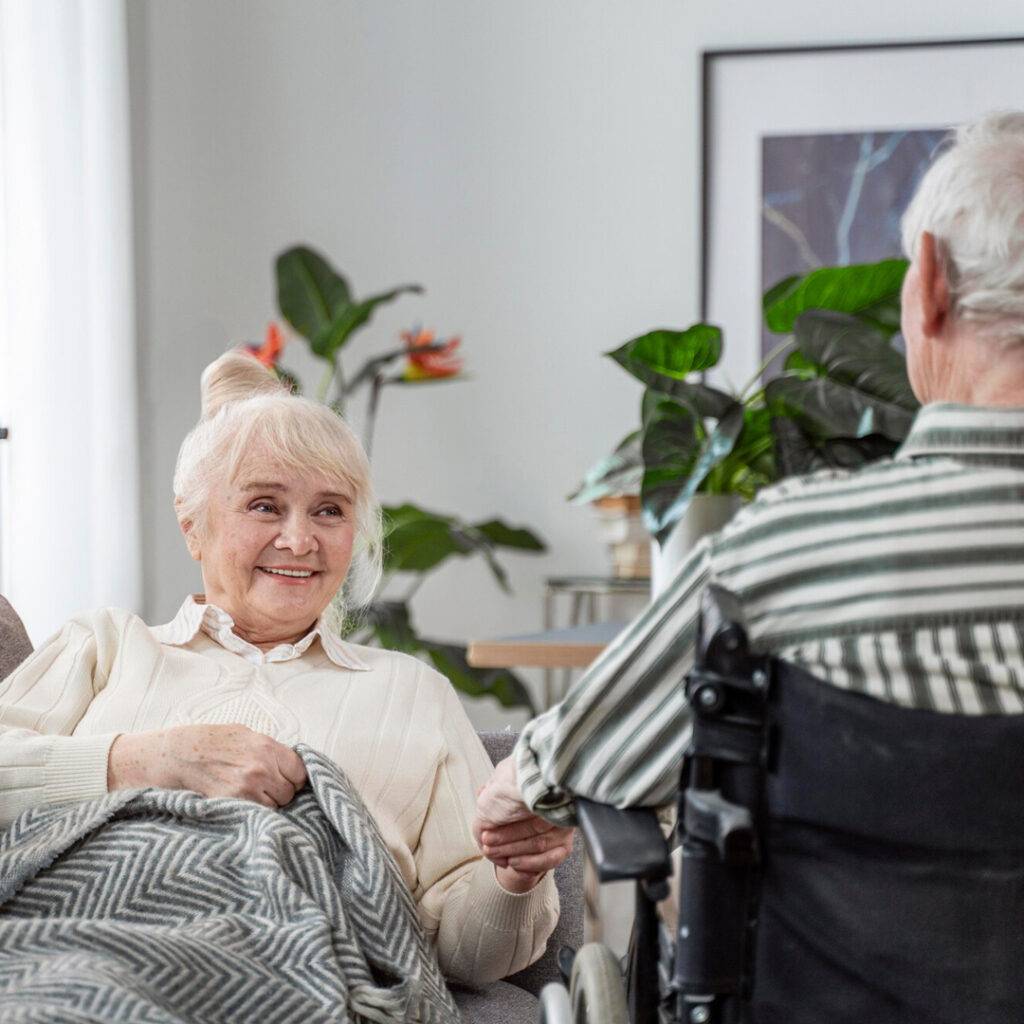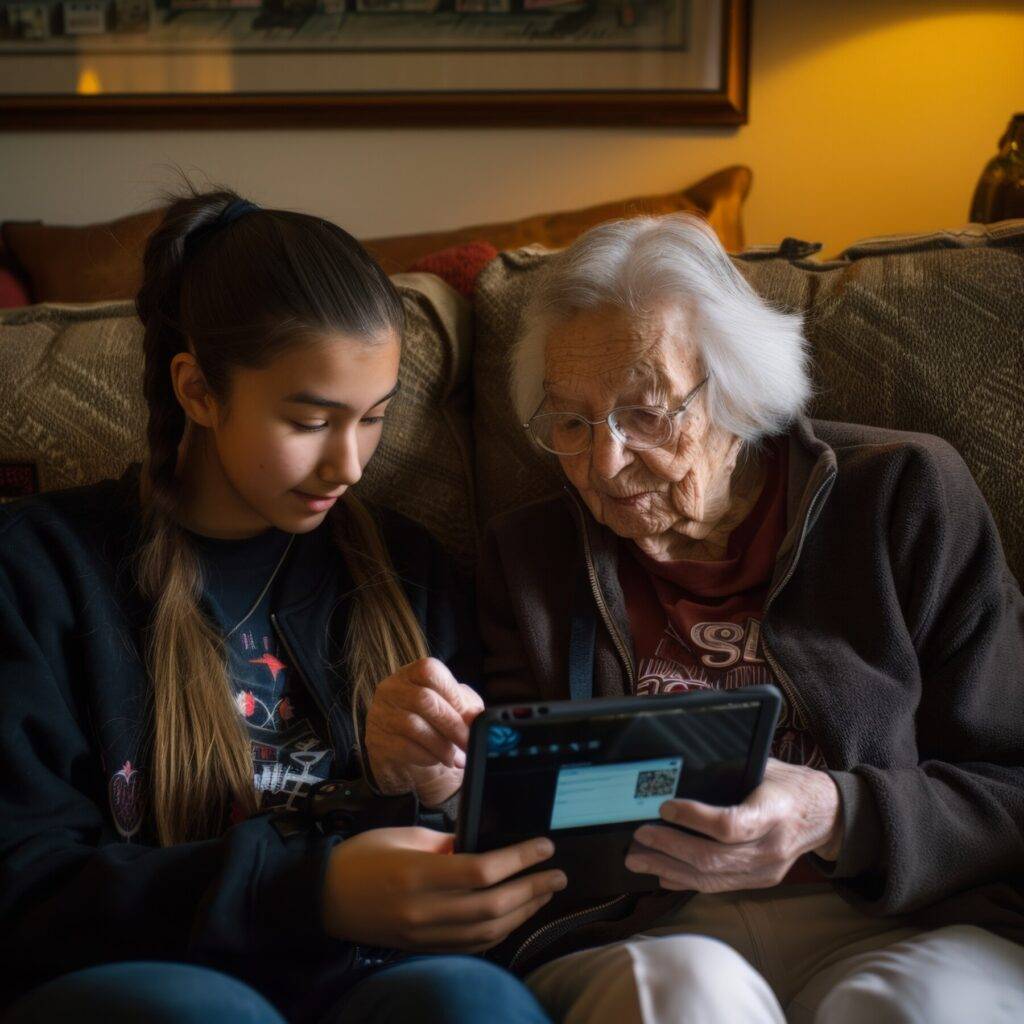Liz Nicholls chats to Johnny Ball, 86, who’s on a mission to make maths easy for all & stars with his daughter Zoe at Wantage Literary Festival
Hi Johnny! Did you enjoy school?
“I had a dream time in primary school in Bristol. Aged 11, we moved to Bolton and though I was at a grammar school, I was neglected; two illnesses caused me to miss most of the autumns in years 2 and 3. I achieved two O-Levels. So they were surprised when they saw I’d got 100% in maths.”
Q. What would help youngsters master maths at school?
“The main problem is the neglect of geometry [in the curriculum]. It’s geometric thoughts and ideas that help our future engineers as well as artists. Geometry is a visual explanation of mathematical concepts and thus far more relevant than just numbers.”
Q. Can anyone become good at maths, even those who are frightened?
“Being frightened of maths can happen. But everything we get wrong in education is repairable, if and when we get the student in the right frame of mind. Often when school is ending, youngsters get the urge to achieve, despite recent failings. Things can be turned around in sixth form.”
Q. Who was your hero growing up?
“As regards my maths and science career, Jacob Bronowski’s TV series and book, The Ascent of Man, became my bible especially when I was writing Think of a Number and Think Again.”
Q. What do you love about life in Bucks?
“We moved to south Bucks just as my TV career took off and Think Again had won a BAFTA. We bought a wreck of a house, but today it is our pride and joy. Every aspect of the house has been improved over the years.”
Q. What was your favourite book a child?
“I read Treasure Island when I was about eight. In my 30s my mother told me they had been advised to keep me away from books as was clearly so clever, I might have a brain tumour.”
Q. I asked you about Strictly when we chatted years ago & you were not enamoured with how you were treated. How do you feel about it now?
“I went out first through a series of circumstances I don’t wish to revisit. But the very day after I was thrown out, the Strictly Tour asked if they could pencil me in, as they understood how badly I had been treated. Vincent Simone and Flavia Cacace (who I had danced with at a sort of audition) said they wanted me to play the old man in their touring show, but I could not accept, due to other work.
Q. I loved you on TV as a child! Do you have any favourite shows?
“Sadly, BBC children’s TV on its own channels get nowhere near the viewing figures we achieved. It was a criminal decision by the BBC. It was clear when we were making our Think programmes, that our script and editing standards were very high – the best in the world. I often worked in the adult sector and never saw anywhere near the directional standards we achieved. I turned down Tomorrow’s World three times.
Q. What has it been like writing your memoirs?
“I have a quite detailed memory and my problem in writing my memoires, is cutting it down to only feature stories that are worth telling because they are unusual and often unique – Like Dad walking home with me on his shoulders while totally asleep – Mum being machine gunned in Bristol with me in the pram – The lad who robbed a bank and caught a bus home – The thief, who proved how good a thief he was, by stealing the Charge Book from the Police Station – The time I did the Val Doonican show with not one rehearsal and how the camera broke down after a couple of gags – we were live to 19 million viewers. Why, when Roy Orbison and The Bee Gees did their ONLY appearances at British Clubs, I was chosen as the comedy before their spots.
Q. If you could make one wish for the world, what would it be?
“For the world I worry a lot, but if you examine every say ten years back through your life, you see that things do get better when compared with the past – I hope we can always say that this continues. For me, I make wishes every day – mostly that I can keep on working.








